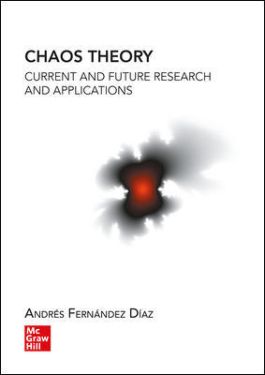Chaos theory (POD)
1. Introduction
2. Mathematics of chaos and fractal geometry
3. Chaos in time series: the tests to detect it
4. Controlling chaos
5. A concise note on the history of chaos
6. Some applications: a first approximation
7. Recent and future research and its applications
8. Concluding remarks
Appendices. A. Lorenz and Rossler attractors. B. Metric spaces and topology. C. Martingales. D. Wiener process and brownian motion. E. Diffusion and telegraph equations. F. Functional analysis
References. Onomastic Index. Subject Index.
Ubiquity is one characteristic of chaos. In the words of the author “Nature prefers chaos to regularity”. We can find this dynamic behaviour everywhere, from chemical reactions to neural networks, from physical systems to ecosystems and human related activity. It is typical to find the description of chaos’ presence in a variety of collections of such systems; yet, could this knowledge also be useful in those disciplines?
From Christine Skarda and Walter Freeman’s seminal paper (Behavioural and Brain Sciences 10, 161-195, 1987) on the role of chaos in the brain “to make sense of the world”, numerous contributions have been made in towards understanding and using chaos in neurosciences, cardiology and medical sciences in general. This is one of the most valuable contributions of this book: Fernández Díaz explores the application of chaos theory across completely different disciplines, giving a singular orientation to this particular work amongst other books dedicated to chaotic phenomena.

